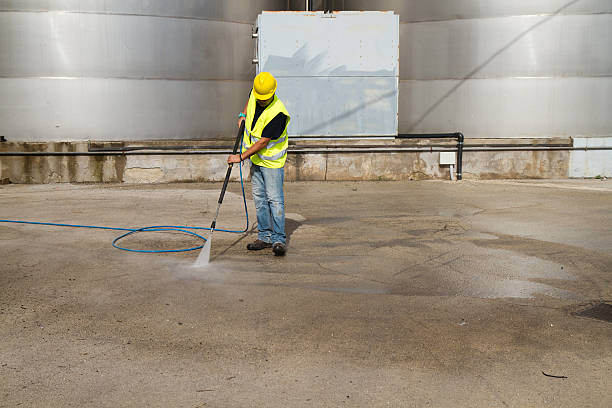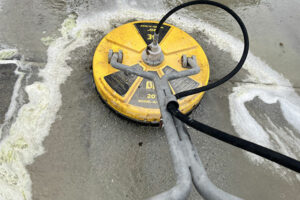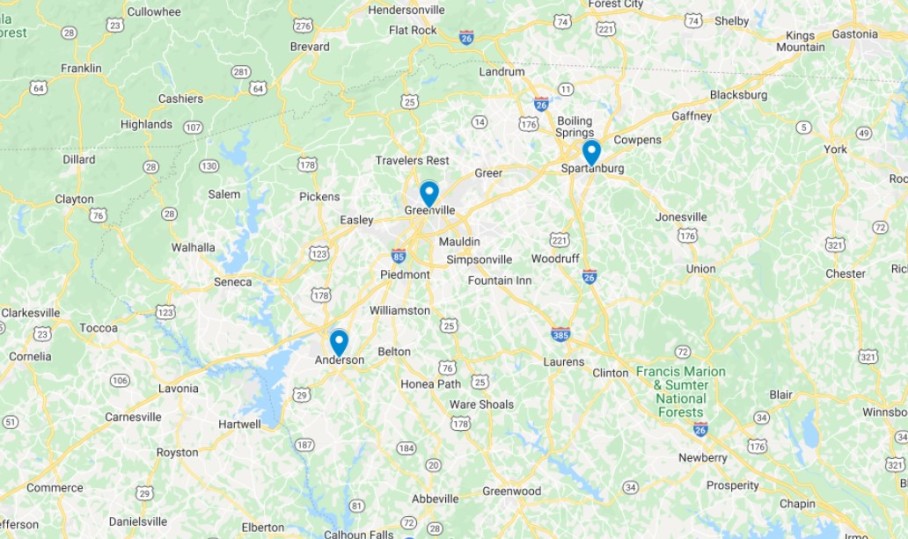Soft Washing:
- Low Pressure: Soft washing uses low-pressure to apply cleaning solutions to surfaces. The pressure is typically less than 500 psi, making it safer for delicate surfaces like siding, roofs, and painted surfaces.
- Chemical Solutions: Soft washing relies on specialized chemical solutions to break down dirt, algae, mold, and other contaminants on surfaces. These solutions are typically biodegradable and environmentally friendly.
- Gentle Cleaning: Because of the low pressure and chemical action, soft washing is gentler on surfaces compared to pressure washing. It’s suitable for materials like vinyl siding, stucco, wood, and roof shingles, where pressure washing could cause damage.
- Longer Lasting Results: Soft washing not only cleans the surface but also kills algae, mold, and other organic growth at the root. This helps to prevent regrowth and leads to longer-lasting results compared to pressure washing alone.
- Safety: Soft washing is safer for both the operator and the surfaces being cleaned. The lower pressure reduces the risk of injury or damage, and the use of chemical solutions helps to sanitize and disinfect surfaces effectively.
Pressure Washing:
- High Pressure: Pressure washing uses highly pressurized water to remove dirt, grime, mold, mildew, and other substances from surfaces. The pressure typically ranges from 1,300 to 3,000 psi or higher, depending on the equipment and application.
- Water Only: Unlike soft washing, pressure washing relies solely on the force of water to clean surfaces. While effective for hard surfaces like concrete, brick, and metal, it can be too aggressive for softer materials and may cause damage if not used correctly.
- Immediate Results: Pressure washing provides immediate results, quickly blasting away surface dirt and debris. It’s ideal for surfaces that can withstand high pressure, such as driveways, sidewalks, patios, and some types of masonry.
- Surface Preparation: Pressure washing is often used as a preparation step for painting, sealing, or staining surfaces. It effectively removes old paint, stains, and coatings, creating a clean and smooth surface for refinishing.
- Versatility: Pressure washing can be used for a wide range of cleaning applications, from heavy-duty industrial cleaning to residential projects. It’s a versatile tool for tackling tough stains, grease, oil, and graffiti on various surfaces.
In summary, soft washing is best suited for delicate surfaces and situations where chemical treatment is needed, while pressure washing is more appropriate for heavy-duty cleaning of hard surfaces. Choosing the right method depends on the specific surface, the type of contaminants present, and the desired outcome.






